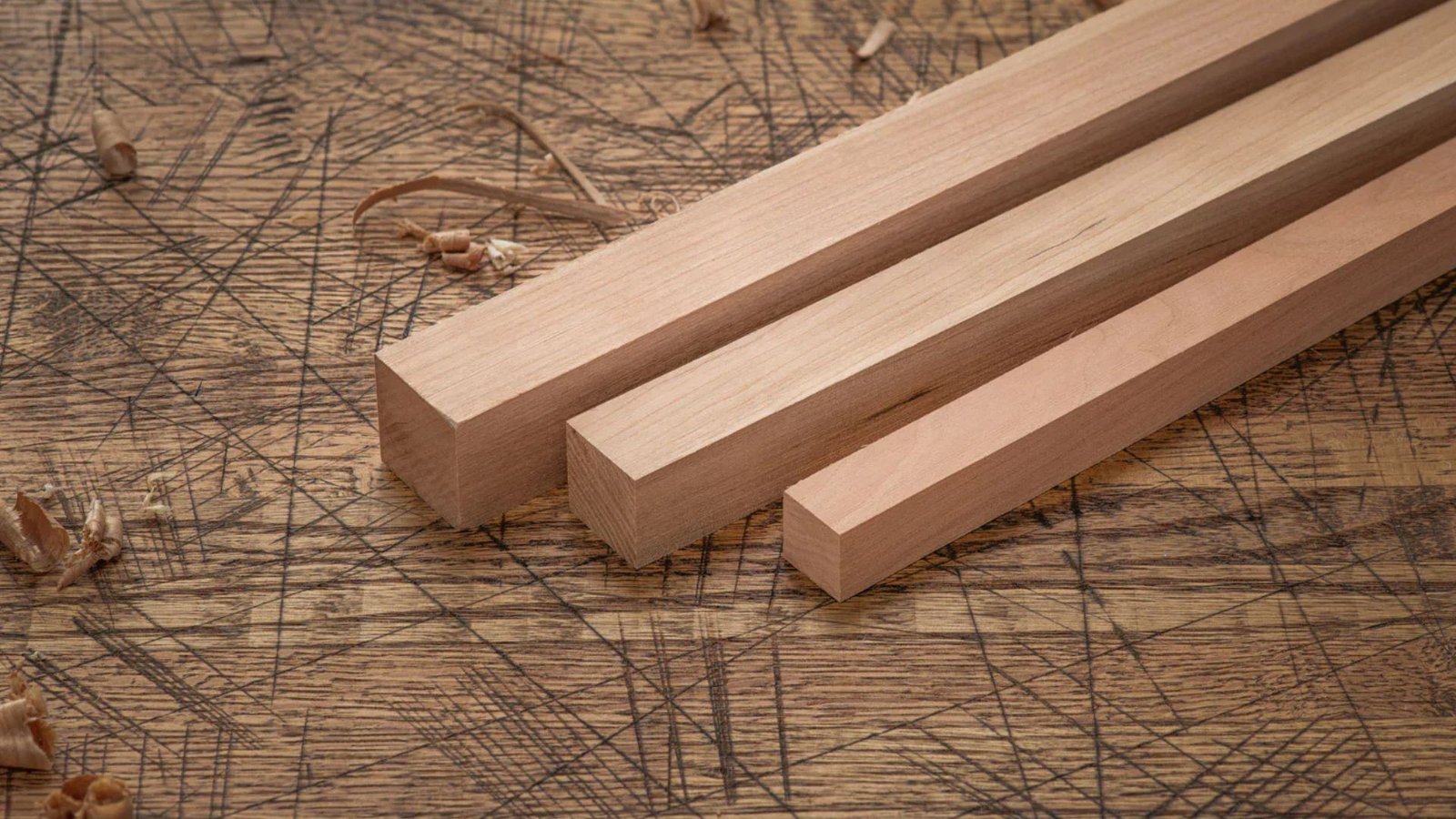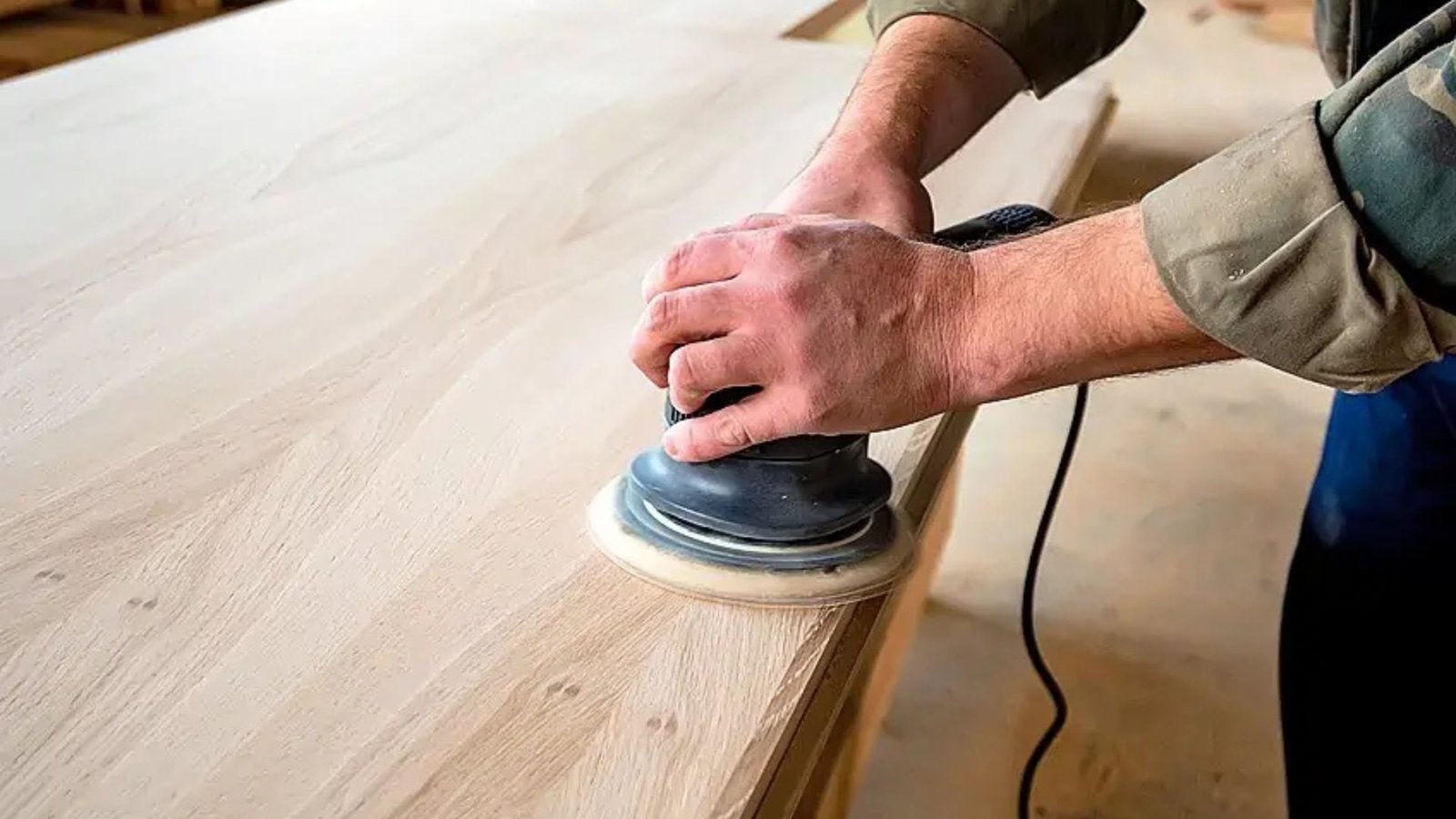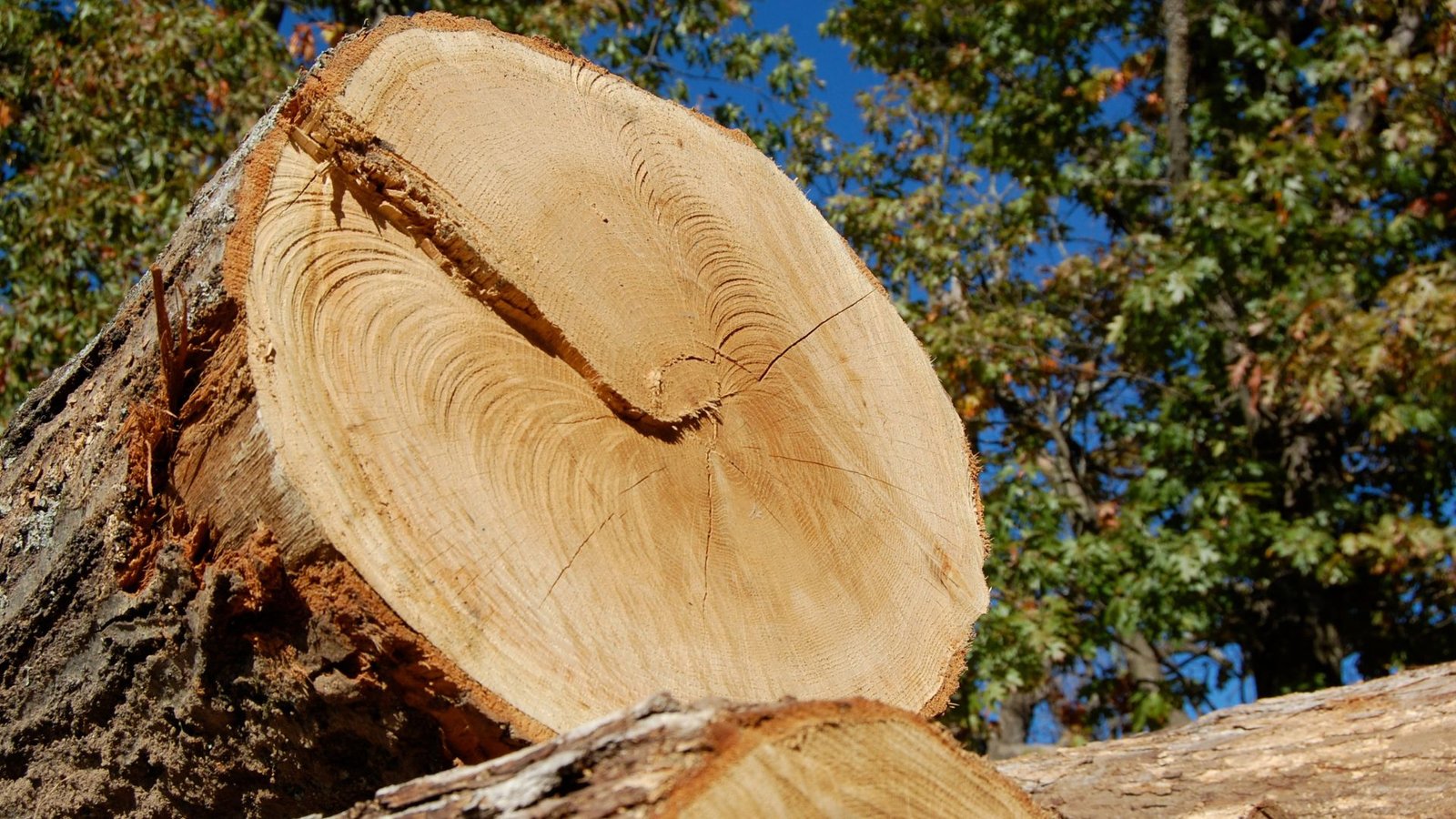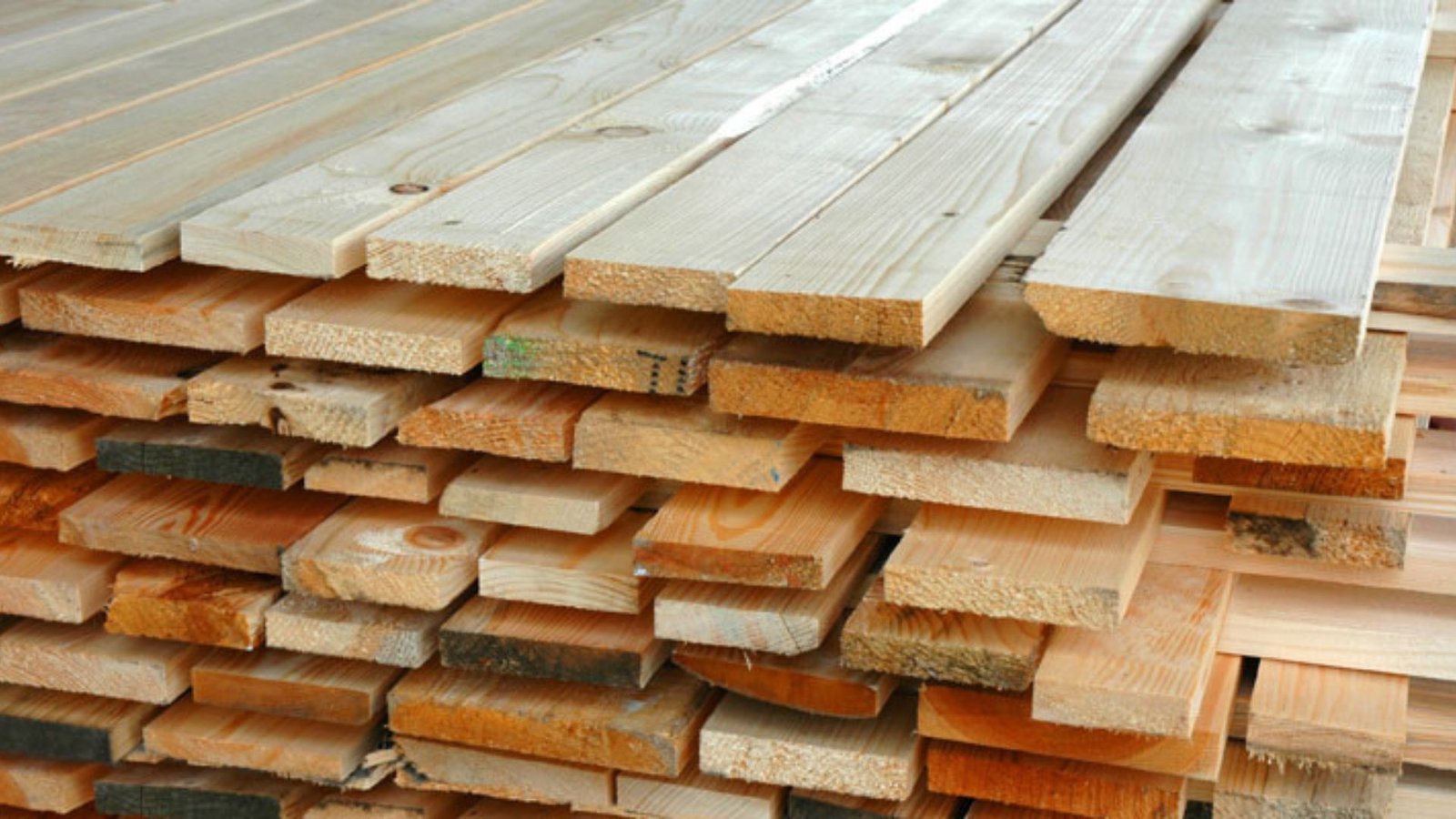When it comes to woodworking, identifying different grades of lumber for woodworking is crucial for achieving the best results. Choosing the right grade can significantly impact the quality and durability of your projects. In this article, we’ll help you understand how to identify these grades and why they matter.
Understanding Lumber Grades
Lumber is graded based on its quality, appearance, and structural integrity. The grading process ensures that woodworkers can choose materials that fit their specific needs. There are two main grading systems: the National Hardwood Lumber Association (NHLA) system for hardwoods and the American Softwood Lumber Standard (ASLS) for softwoods. Each system has its grading criteria, so it’s essential to know the differences when identifying different grades of lumber for woodworking.
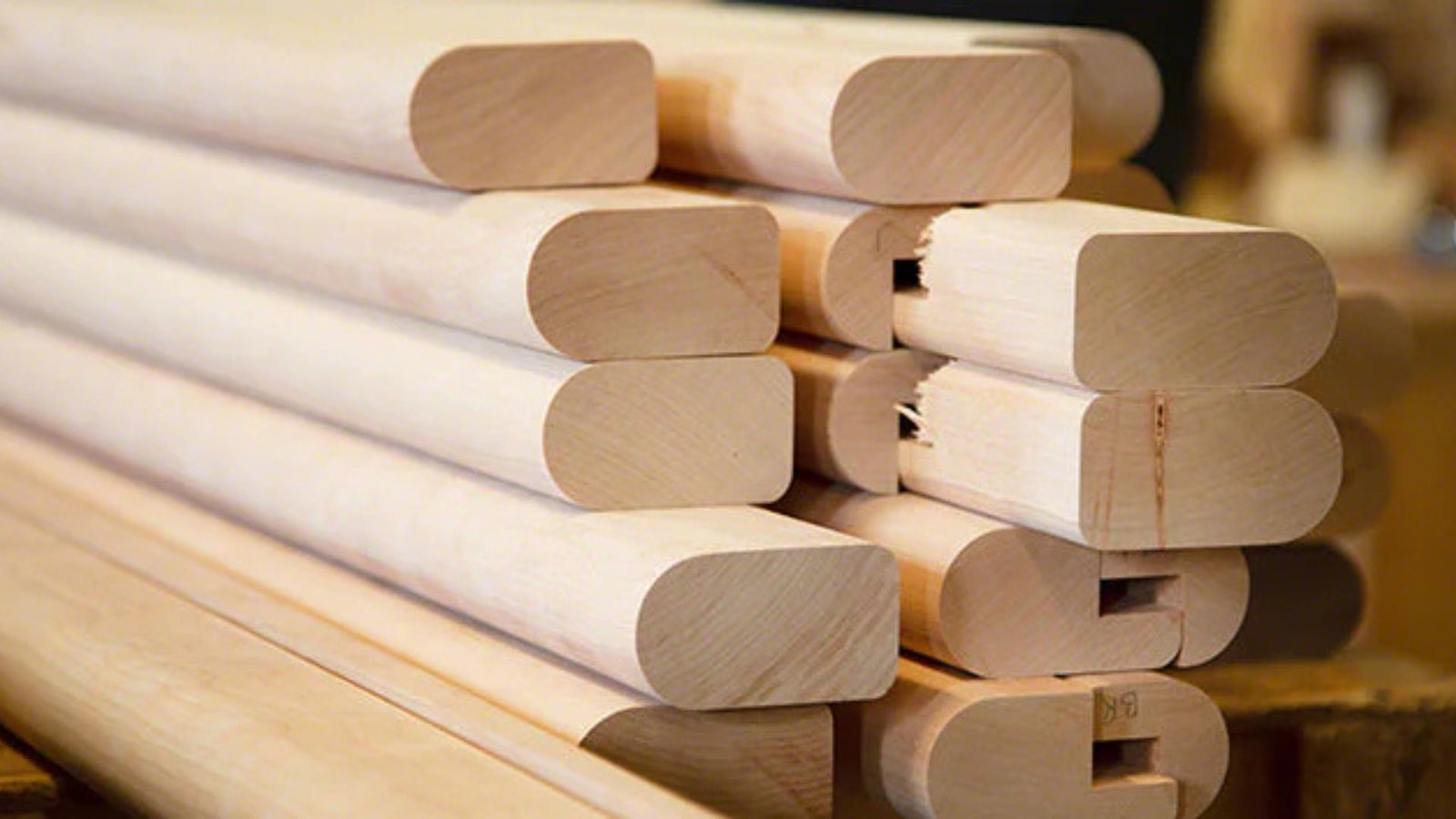
1. The Importance of Lumber Grading
Understanding lumber grades helps woodworkers select the right material for their projects. For example, high-grade lumber is often used for furniture and cabinetry, where appearance matters. In contrast, lower-grade lumber may be suitable for structural applications or hidden components. By identifying different grades of lumber for woodworking, you can ensure that your projects meet both aesthetic and functional requirements.
2. Softwood Grades
Softwood is commonly used in construction and woodworking. The ASLS provides various grades for softwood lumber, including:
- Select Structural: This grade has the highest quality and is free of defects. It is perfect for load-bearing applications where strength is essential.
- No. 1: This grade has a few minor defects and is suitable for visible applications, such as furniture and cabinetry.
- No. 2: This grade may have more defects but is still suitable for many projects, including framing and sheathing.
- No. 3 and Stud Grade: These grades are lower quality, often used for hidden structures or where appearance is not a concern.
Identifying different grades of lumber for woodworking in the softwood category will help you determine the best option for your project.
3. Hardwood Grades
The NHLA grading system is used for hardwood lumber. The primary grades include:
- FAS (First and Seconds): This grade is the highest quality and has minimal defects. It is ideal for fine furniture and cabinetry.
- F1F (First and One-Face): This grade is also high quality, with one good face and minor defects on the other side.
- Select: This grade has more defects than FAS and F1F but is still suitable for high-quality projects.
- #1 Common and #2 Common: These grades are lower quality and have more defects, making them suitable for less visible applications.
Knowing how to identify different grades of lumber for woodworking in the hardwood category allows you to make informed choices.
4. Visual Inspection
One of the easiest ways to identify lumber grades is through visual inspection. Look for knots, splits, and other defects. Higher-grade lumber will have fewer imperfections, while lower-grade lumber will show more signs of wear and defects. Always inspect both sides of the board, as defects may be hidden on the reverse side.
5. Understanding the Grain Pattern
The grain pattern is another factor that affects lumber grading. Higher-quality wood typically has a more attractive and consistent grain pattern. When identifying different grades of lumber for woodworking, pay attention to how the grain looks. For example, fine furniture often requires a straight, uniform grain, while lower-grade lumber may have a more irregular pattern.
6. Measuring Thickness and Width
Lumber is also graded based on its thickness and width. Standard measurements help ensure consistency across different pieces of lumber. When selecting wood for your projects, ensure that the dimensions match your requirements. Higher-grade lumber tends to have more consistent dimensions, which is essential for precise woodworking.
7. Moisture Content
The moisture content of lumber is another crucial aspect to consider. Freshly cut wood has a higher moisture content, which can lead to warping and cracking as it dries. Properly dried lumber is more stable and suitable for woodworking. When identifying different grades of lumber for woodworking, always check the moisture content. Ideally, you want lumber with a moisture content of 6-8% for indoor projects.
8. Regional Variations
Different regions may have unique grading systems and standards. For example, hardwoods from the Midwest may be graded differently than those from the Southeast. When identifying different grades of lumber for woodworking, familiarize yourself with the regional variations in grading. This knowledge can help you select the best materials for your specific location.
9. Understanding the Purpose
Always consider the purpose of your project when choosing lumber. For example, if you’re building furniture, you’ll want high-grade wood with minimal defects. However, if you’re constructing a fence, lower-grade lumber may suffice. Knowing the intended use of the wood will guide you in identifying different grades of lumber for woodworking.
10. Consulting with Professionals
If you’re unsure about the grading of a specific type of lumber, don’t hesitate to consult with professionals at your local lumberyard. They can provide valuable insights and help you choose the right materials for your project. This can save you time and ensure that you select the best lumber for your needs.
Conclusion
Identifying different grades of lumber for woodworking is essential for selecting the right materials for your projects. Understanding the grading systems, inspecting the wood visually, and considering the purpose of your project will help you make informed decisions. Whether you’re a beginner or an experienced woodworker, knowing how to identify lumber grades will enhance your woodworking experience and improve the quality of your creations.







